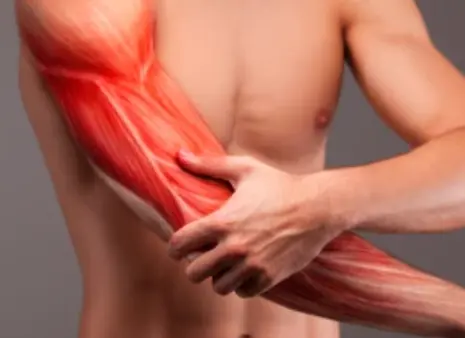 Welcome
Welcome
“May all be happy, may all be healed, may all be at peace and may no one ever suffer."
Prophylaxis of venous thromboembolism during surgery - Generics
Prophylaxis of venous thromboembolism (VTE) is an important consideration during and after surgery, as surgery is a major risk factor for the development of VTE. VTE refers to the formation of blood clots in the veins, which can lead to serious complications such as pulmonary embolism (blockage of a blood vessel in the lungs) and deep vein thrombosis (formation of a clot in a deep vein, typically in the legs).
The choice of prophylaxis will depend on the patient's individual risk factors for VTE and the type of surgery being performed. Some common strategies for VTE prophylaxis during surgery include:
- Mechanical prophylaxis: This involves the use of compression stockings or intermittent pneumatic compression devices to promote blood flow in the legs and prevent the formation of clots.
- Pharmacologic prophylaxis: This involves the use of anticoagulant medications, such as heparin, enoxaparin, or fondaparinux, to prevent the formation of clots. These medications may be given before, during, or after surgery, depending on the patient's individual risk factors and the type of surgery being performed.
- Combination prophylaxis: This involves the use of both mechanical and pharmacologic prophylaxis to further reduce the risk of VTE.
It is important to note that VTE prophylaxis is not without risk, and the decision to use prophylaxis should be based on a careful evaluation of the patient's individual risk factors and the risks and benefits of prophylaxis. In addition, patients undergoing surgery should be closely monitored for signs and symptoms of VTE, such as swelling, pain, and redness in the legs, and should seek prompt medical attention if these symptoms occur.

Bone marrow transplantati...

Onchocerciasis

Malignant melanoma

Hypoparathyroidism

Stomach distension

Male infertility

Delirium

Paralytic ileus and post-...
Prophylaxis of venous thromboembolism during surgery, শল্য চিকিত্সার সময় ভেনাস থ্রোম্বোম্বোলিজম এর প্রফিল্যাক্সিস
To be happy, beautiful, healthy, wealthy, hale and long-lived stay with DM3S.